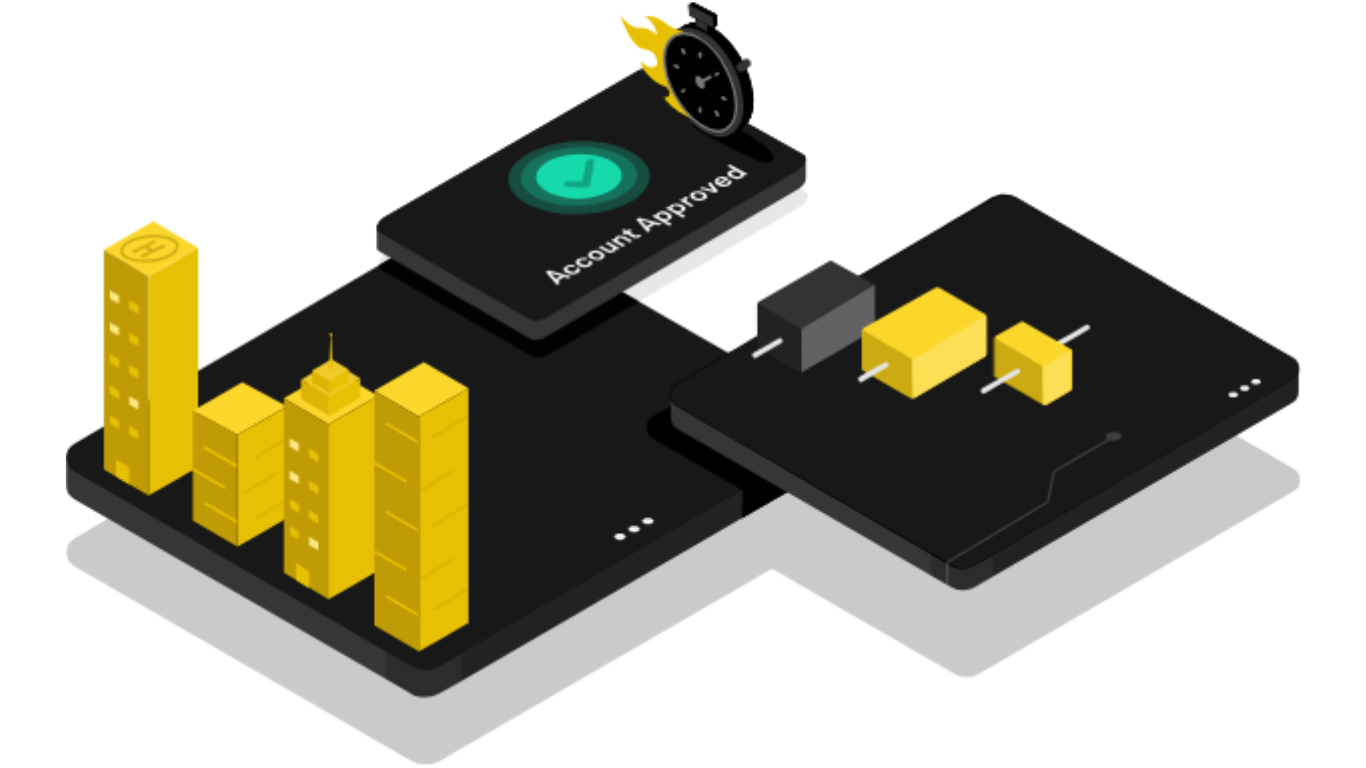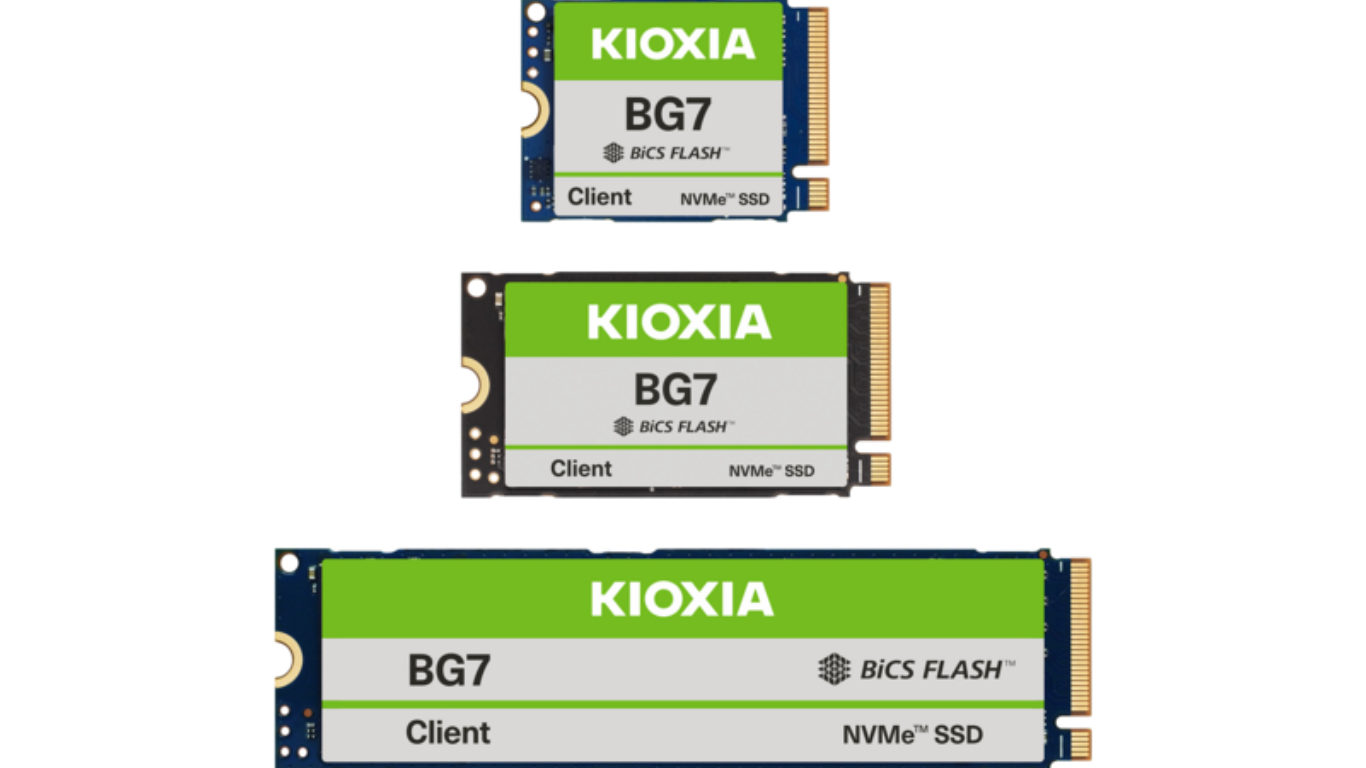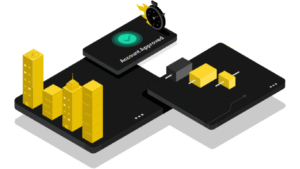Professional instructional design services are a linchpin in the organization of effective education. These services foster engaging and effective learning environments by prioritizing the requirements of learners. In this article, we will look at some of the basics of instructional design consulting and how it can create a better learning experience.
Understanding Instructional Design
Instructional design is the process of developing an organized set of learning experiences so that students can comprehend and retain the material. This context takes into account course objectives, learner characteristics, and best practices for content delivery. In doing so, instructional design services help create relevant and accessible content.
Focus on Learner Needs
An important aspect of it is its learner-centric nature! Designers analyze the learners, what they know, and what they need to learn. Such analysis helps create content that is not only useful but also engaging. Overall, instructional design makes learning effective and enjoyable because it involves meeting learners where they are.
Integration of Technology
Instructional design services are effective, incorporating technology into the classroom. As digital tools become more prevalent, these services employ different media that facilitate interactive and dynamic learning. With technology, you can include multimedia and gamification—videos and simulations that may help you understand and stay connected with content.
Creating Clear Objectives
Defining clear objectives is an essential part of the instructional design. Clear goals provide direction, giving guidance to the learners as well as the educators on what is expected. Having this clarity ensures the learning process is structured and focused, minimizing confusion and the risk of getting stuck.
Assessment and Feedback
Assessing and providing feedback is another key element of instructional design. By assessing students’ actual performance, instructors will know what is working and what is not. Feedback serves as a reminder that a learner is making progress, which incentivizes the learner to stay motivated and engaged.
Adapting to Different Learning Styles
People learn in various ways, and instructional design recognizes this diversity. By incorporating different teaching methods, such as visual aids, hands-on activities, and discussions, designers cater to various learning preferences. This adaptability makes education more inclusive and effective.
Collaboration and Communication
Another integral component of instructional design services is collaboration. Designers frequently collaborate with educators, subject matter experts, and technology specialists to develop integrated learning experiences.
Communication always helps in aligning the process of every aspect of the educational journey since it allows both the faculty and students to be on the same page, something very important for a successful outcome.
Cost-Effectiveness
Good instructional design can also be economical. Proper utilization of educational and learning resources increases their utility. It decreases time and resources spent on waste, creating more value for both teachers and students.
Ensuring Accessibility
One of the key priorities for instructional design is to ensure the accessibility of educational content for all learners. This accounts for things like physical accessibility (offering materials in various formats) and cognitive accessibility (using everyday language). Inclusive learning design breaks the barriers of education in such a way.
Promoting Lifelong Learning
Instructional design services also usher in a culture of lifelong learning. When you create fun and purposeful learning opportunities, you can encourage learners to keep coming back for more. Continuous participation is a catalyst for personal and professional development, eventually creating a more conscious population.
Conclusion
The impact of instructional design services on the learning experience. These services enhance educational outcomes by concentrating on learners, utilizing technology, and articulating objectives. With a focus on assessment, flexibility for all learners, collaboration, and accessibility, we can create lessons that are both meaningful and equitable. While this evolved form of instructional design will make it possible for us to expand in numerous ways, it is still necessary for any growth to happen.
Article as received in the mail































